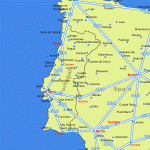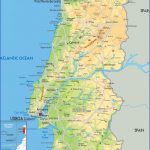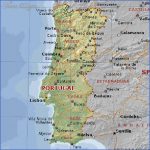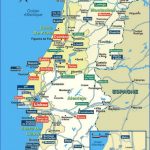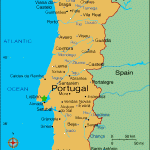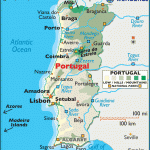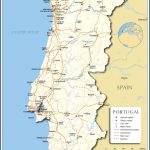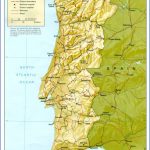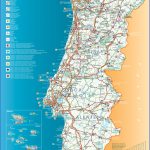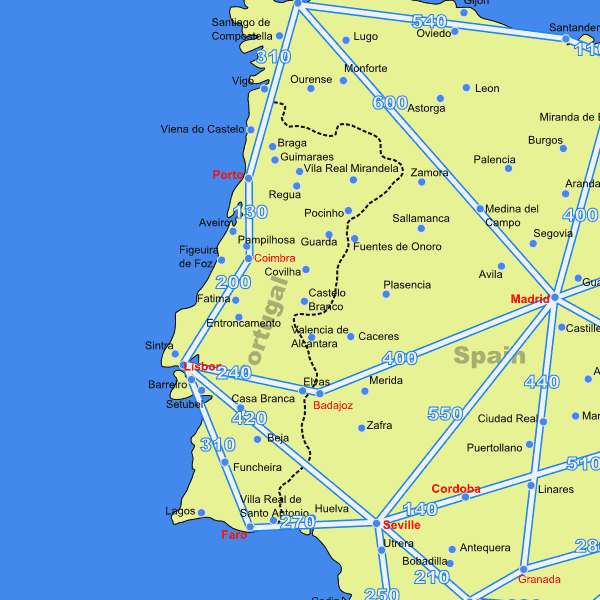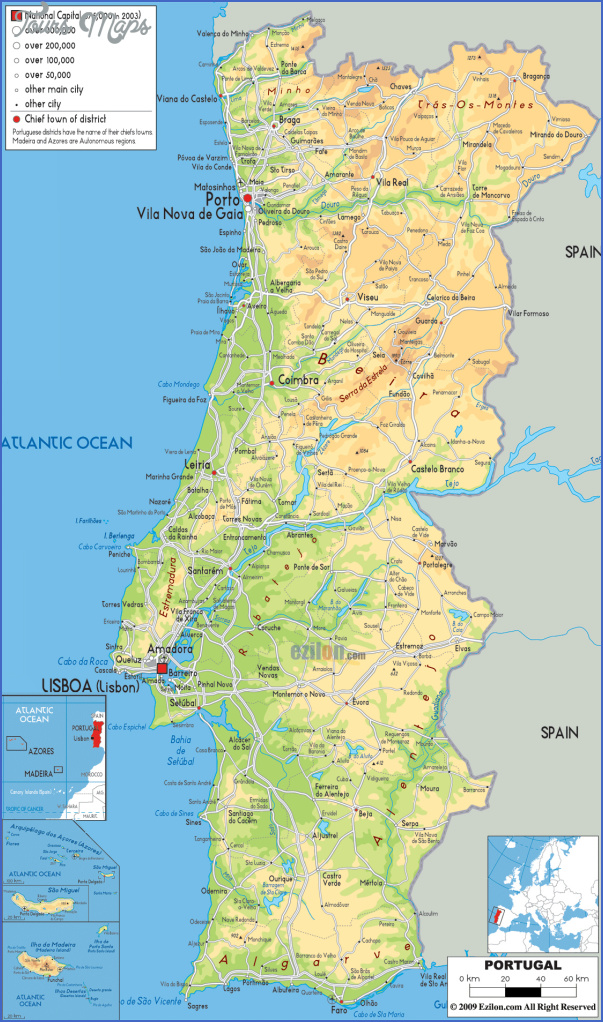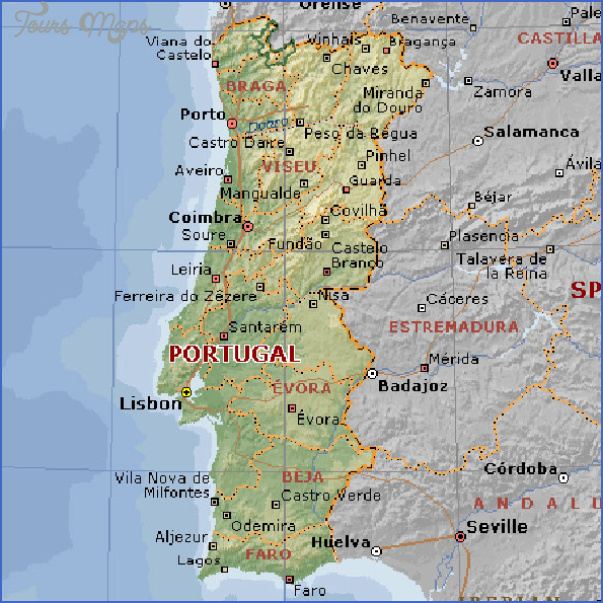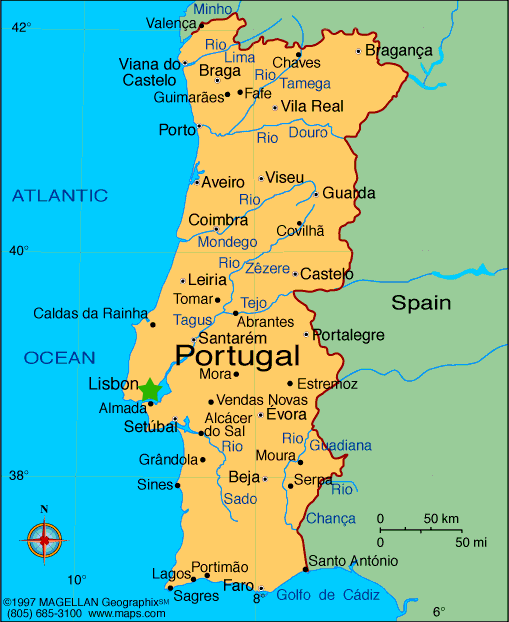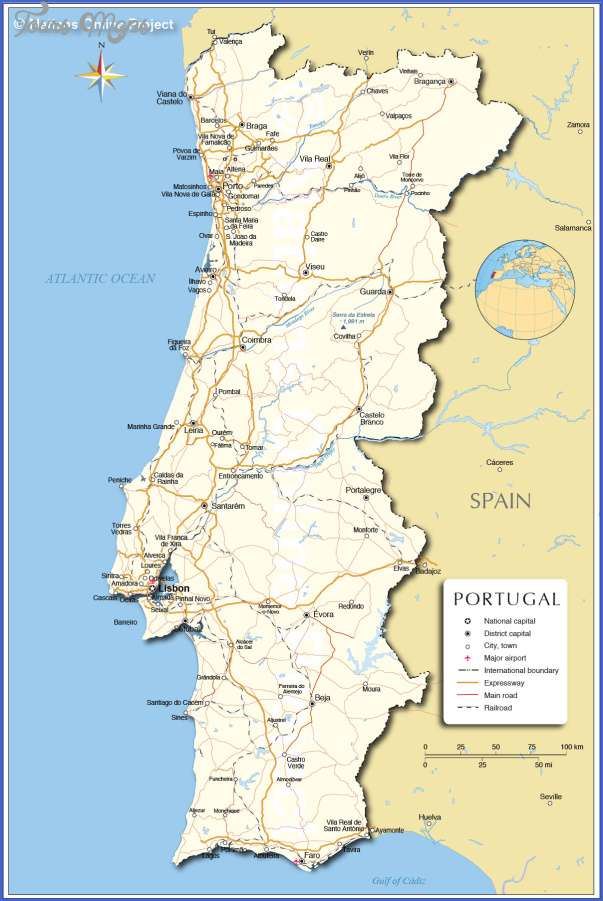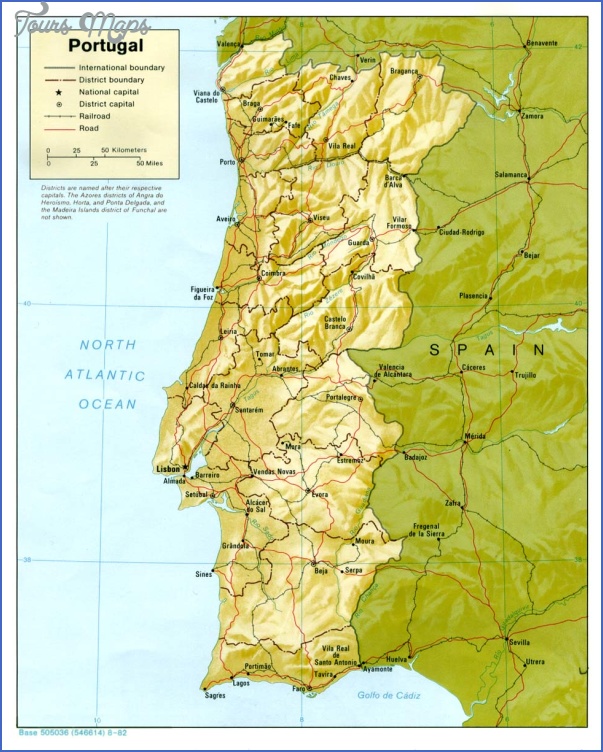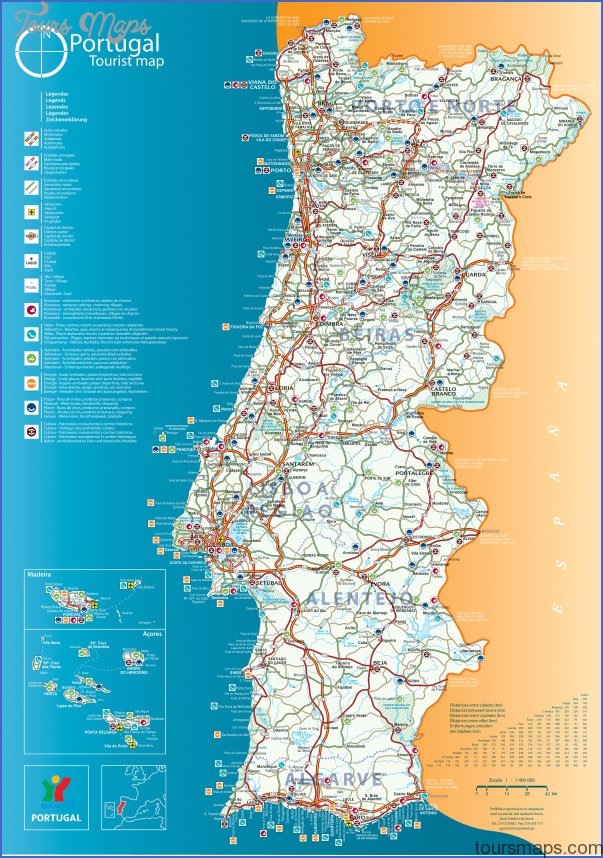FIGURE 5.11 Funchal, Madeira. Funchal rises like an amphitheater behind the crescent bay.
To feel the ambiance of another time try one of the twenty-five government-owned pousadas, several of them modernized castles, palaces and monasteries, most of them beautifully sited, and furnished to reflect the cultural tradition of the area.
To partially experience life in medieval times, dine and stop overnight in the pousada in the walled town of Ubidos. It stretches the imagination to see people living in the exact same rooms that have been inhabited for centuries.
For the devout Catholic there is the shrine of Fatima, built on the spot where it is believed the mother of Christ appeared six times to three of the local children. Hundreds of thousands visit the shrine for renewal of faith and in the hope of miraculous cures.
A five-and-a-half hour drive over two-lane highways or a thirty-minute flight from Lisbon takes the visitor to the Algarve. The word Algarve is Arabic for Al-Gharb, the West. The Algarve, a Moorish kingdom before becoming Portuguese, forms the base of Portugal and boasts five five-star hotels, intervaled along the coast. The beaches are magnificent. White stone buildings, filigreed mineret-like chimneys, twisting alleys and grill-work balconies suggest North Africa. The whitewashed buildings reflect the intense summer sun. In January and February there is a spectacular show of almond blossoms. Late spring and early fall are the really comfortable periods in which to visit. Winters are mild, a kind of microclimate set aside from the rest of Portugal, but not mild enough for swimming.
Sagres sits at the western end of the Algarve, eighty-five miles from the Spanish border on the east. Roads here are narrow and winding. Albufeira is called the St. Tropez of the Algarve, partly because numerous hippies are in evidence selling beads and bracelets.
The town of Lagos has the dubious distinction of being the site of Europe’s first slave market.
The Spanish border at the eastern end of the Algarve is marked by the Guadiana River. Rinky-dink ferries run frequently between Vila Real de San Antonio on the Portuguese side to Ayamonte, Spain.
Portuguese food is a close cousin to that served in Spain. The two countries were for a long time under the same rule. The Portuguese chowder coldeirada is especially good, with onions, tomatoes, and fish. Coastal villages and towns feature seafood. Grilled sardines, seven inches long, are a specialty, sprinkled with coarse salt and served with lettuce and tomato. Sole, linguado; sea bass, robalo; swordfish, peixe espada are served grilled or steamed with boiled potatoes. For something different there are squid, lula; baby octopus, polvo; and couger eel, safio. Arroz do mariscos is the Portuguese version of Spain’s paella. The dessert menu is limited. Creme caramel, a boiled custard similar to Mexican flan, is usually on hand. Portuguese wine, especially Port, and vinho verde, green wine, slightly bubbly and pleasantly acidic, are outstanding.
Portugal Map Photo Gallery
Maybe You Like Them Too
- Explore the Beautiful Town of Saint-Alban, France with This Map
- Explore the Beautiful City of Southport, Australia with This Map
- Explore Sasbach, Germany with our Interactive Map
- Explore Nevestino, Bulgaria with this Detailed Map
- Explore Pulau Sebang Malaysia with this Detailed Map

